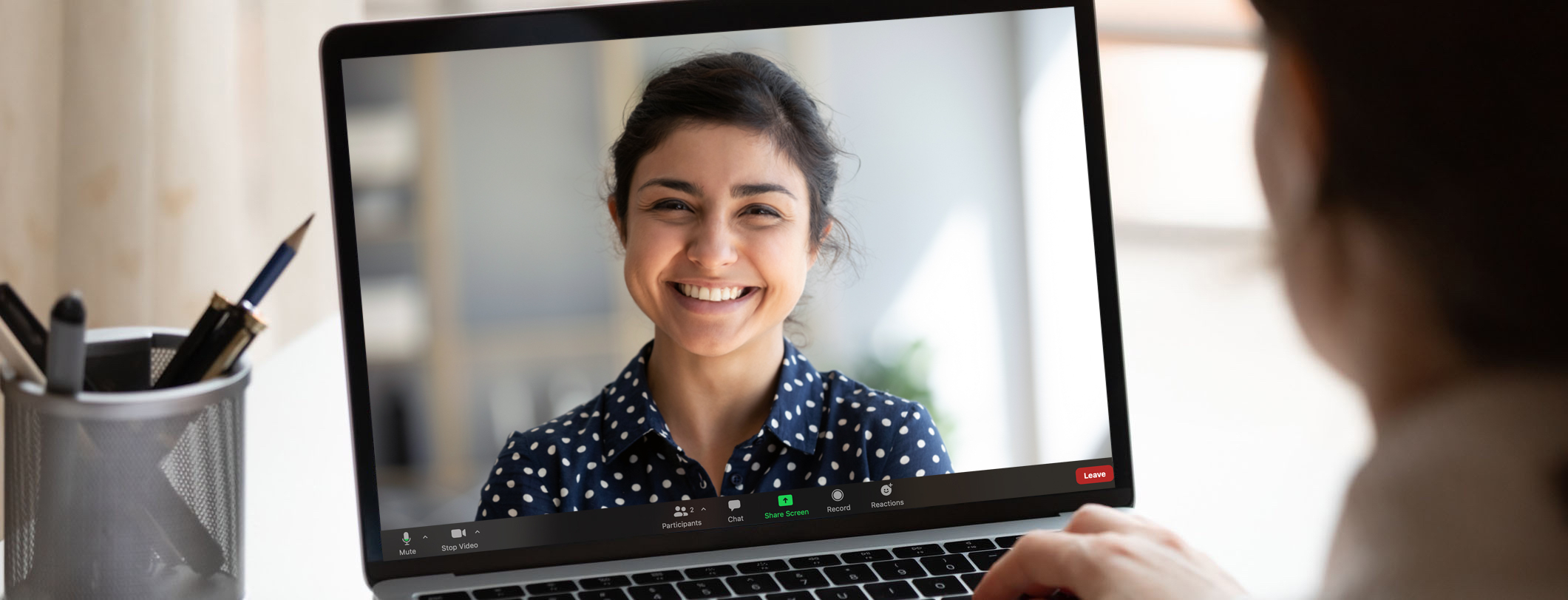Can I require cameras to be on at all times in Zoom sessions?
While on-camera expectations and policies can certainly be included in course requirements, the pedagogical value and potential impact on learners with diverse needs should be carefully considered when creating and exacting such policies. Research on educational equity and pedagogy consistently uncovers that requiring students to be perpetually on-camera can create circumstances that impede learning and exacerbate existing disparities in academic outcomes.
What reasons would a student have for not using their camera?
There are a variety of reasons why students may need or choose not to be on camera; these include (but are not limited to): increased stress from technology and/or access issues, remote classroom anxiety, privacy concerns, and environmental factors (e.g., excess noise or activity in non-private spaces, connecting to class sessions via mobile devices).
Are there alternatives to camera presence?
Substitutes for on-camera interactions may be as effective (if not more) in practice. Active engagement strategies such as live polling, detailed chat prompts, personalized profile pictures, and Zoom non-verbal feedback and reactions can, in combination, enrich student learning experiences.
What should I consider when setting camera use rules?
As you develop your on-camera policies, consider identifying the key class times (such as when you are not sharing your screen, during group discussions, and/or in breakout rooms) when being on-camera is most beneficial to student learning and explaining to students why you are requesting they keep their cameras on at those times. Ask students to communicate their camera use concerns with you before class sessions, if possible, so you can work together to determine the appropriate approach to addressing those concerns. There are also circumstances in which students registered with the Accessibility Resources and Services (ARS) Office may be exempt from on-camera participation. In these cases, ARS will reach out to partner with you to discuss the specific instructional needs of those students.
In what circumstances might exceptions not be granted?
An on-camera policy with few/no exceptions could be appropriate in courses where live, on-camera engagement is essential for students’ achievement of the course’s learning objectives and when exceptions would fundamentally alter the course in ways that compromise academic expectations and standards. In such cases, the on-camera policy should be clearly substantiated and articulated in the course syllabus provided at the course start.
Sample Syllabus Text
The following examples provide suggested text for communicating requirements to students through your course syllabus, Start Here page, and other communications. Three typical scenarios are covered. If you have special concerns or need further guidance, you can schedule a one-on-one consultation.
Scenario 1: Camera Use is Preferred but Not Required
During synchronous remote class sessions, I prefer that students keep cameras on when possible. I acknowledge, though, that there are a variety of reasons why students may need or choose not to be on camera; these include (but are not limited to): stress from technology and/or access issues, remote classroom anxiety, privacy concerns, and distracting learning settings. If you have any concerns about keeping your camera on during class sessions, please communicate with me in advance of the session (if possible), so we can work together to determine the appropriate approach to addressing those concerns. In some circumstances, accommodations to exempt students from on-camera participation may be available through Accessibility Resources & Service (ARS).
Scenario 2: Camera Use is Required at Some Points in the Course
During synchronous remote class sessions, I prefer that students keep cameras on when possible. There will also be specific times (including, but not limited to, during group discussions and/or in breakout rooms), when camera use is especially beneficial to student learning and will therefore be required unless we have made prior alternate arrangements and/or a student has a camera-related accommodation. I realize there are a variety of reasons why students may need or choose not to be on camera; these include (but are not limited to): stress from technology and/or access issues, remote classroom anxiety, privacy concerns, and distracting learning settings. If you have any concerns about keeping your camera on at any time during class sessions, please communicate with me in advance of the class session (if possible), so we can work together to determine the appropriate approach to addressing those concerns. In some circumstances, accommodations to exempt students from on-camera participation may be available through Accessibility Resources & Service (ARS).
Scenario 3: Camera Use is Essential and Required
In this course, live, on-camera engagement is an essential element for meeting the course’s learning objectives, so students will be required to use their cameras whenever requested. Exceptions to this policy would likely compromise the course’s academic expectations and standards, and therefore may not be granted under most circumstances. This requirement may also extend to students with an accommodation normally applicable to on-camera participation requirements through Accessibility Resources & Service (ARS). Students with this accommodation should contact ARS (ars@unc.edu).
